#Equus ferus caballus
Text
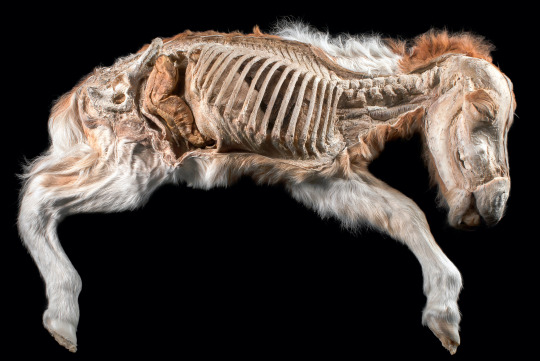
Minihorse foal. Equus ferus caballus. Technique of dehydration - piece showing the syntopy of organs on display at the Museum of Veterinary Anatomy FMVZ USP.
81 notes
·
View notes
Text

Black & White, Pony (Equus Ferus Caballus)
By DM PHOTOGRAPHY
#dm photography#photographer#flickr#horse#black & white photography#equus ferus caballus#animal#mammal#nature
36 notes
·
View notes
Note
🥚

Kiger Mustang!
(Equus ferus caballus)
33 notes
·
View notes
Text
Likewise, the Sakha (Yakut) people always donate one mare from their large herds of domesticated Horses to a shaman.
"Biological Exuberance: Animal Homosexuality and Natural Diversity" - Bruce Bagemihl
#book quote#biological exuberance#bruce bagemihl#nonfiction#sakha#yakut#donation#mare#horse#equus ferus caballus#shaman
2 notes
·
View notes
Text

the baby has one parent's little face marking thing and the other's coat because they're a little horse family the world is a beautiful place
#☆#might become really obsessed with horses i'm not sure yet#maybe specifically mustangs and other feral horses... They intrigue me deeply#update i've been informed the thing is called a blaze but i just described it instead in the alt text bc i think clarity matters more than#erm. specificity??#also sorry if i don't know what colour the horses are. someone tell me if u like i like this stuff#🐯#domestic horse (equus ferus caballus)#equid#juvenile#top
59K notes
·
View notes
Text
Silent Feast

A pony eating quietly and pondering over its future in the local zoo. Photo credit: Eleanor Chua.
The camera was held level with the face of the pony for this shot. Hopefully, this would draw the viewer into the subject’s world.
#photographers on tumblr#animal pics#canon eos-m5#canon photography#Equus ferus caballus#flora fauna#photography tips#pony photos#tamron 16-300mm#wildlife photography
1 note
·
View note
Text

Dülmener (Equus ferus caballus)
265 notes
·
View notes
Note
Wouldn't it be funny if epple was part beastman. Instead of inheriting the physical traits, he inherited the behavioral traits. Based on his actions in game, what kind of beastman, do you think his father was? And would any of the yuus be able to pick up on it.
Well to start the only one who is 100% sure that he's part beastman is Vet!Yuu (obviously)
They have a clipboard with a list of possible animals and has successfully narrowed it down to one.
Horse
Yep, Epel is part horse beastman.
And here is Yuu's notes on the matter:
The patient has almost inexhaustible energy. Able to travel for hours on end as part of daily routine. Possibly wolf or ungulate genes.
Love of fruits and meats. Consider experiments where the patient must choose.
Test inconclusive, patient broke barriers to get both.
Test deemed unnecessary as many ungulates are opportunistic carnivores due to the extra energy meat provides.
The aggressive behavior isn't a sign of carnivorous mammalian leaning but will be considered.
The patient has ability to communicate with horses and not scare them like other beastmen.
Patient has "broken" horse in less than hour without showing excessive force.
Patient has a kick that caused internal damage to an opponent and has broken the femur (the hardest bone to break in the body).
Patient has snorted and huffed in anger at being told to get up after he has thrown himself on the ground. His tantrum was over being taken to a hair opponent.
Results conclude that the patients is of ungulate origin Equus ferus caballus (the domesticated horse)
The patient is obviously not the average horse. He is not a stallion but a young colt. As such his behavior is more erratic, easily agitated and stubborn.
This is considered good for most owners as it is said the wilder the colt the better they are as stallions. They are considered more dependable and harder workers.
Colts need training and discipline and I feel that Vil has him on the right track for development. Socialization, groundwork, and proper commitment to daily care is necessary.
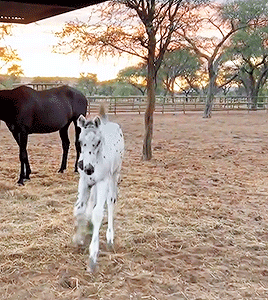
#vet!yuu#twisted wonderland#twisted wonderland x reader#twisted wonderland yuu#twst yuu#epel twisted wonderland#epel felmier x reader#twst epel#epel x reader#epel felmier
321 notes
·
View notes
Text
Clanmew Expansion Pack: Deer & Co
A guide both to the Clan Culture concept of "deer" as a classification, how several species are perceived by Clan cats, as well as a glossary of Clanmew terms for their behavior.

[ID: A red deer stag stands proud next to the word, "KLEKA." Squirrelflight stands next to it, thinking the phrase, "sskif peeg-en-aayoo nomn." Roughly, "I want to eat that butt," directly, "Want: beacon-of-red stag I-will-eat"]
There are six species of "deer" (Kleka) that Clan cats see on a regular basis, five of them titanic giants that are too large to hunt as adults, and one of them just small enough to be targeted. A kleka is defined as, "a fast herbivore with long legs, ending in hard hooves."
All types of deer are big animals, with even the smallest being larger than a cat. They're most often seen in forest or open meadows, so because of this, they're typically associated with ThunderClan and WindClan.
The six species that Clan cats consider a "deer," listed with their human terms and Clanmew translation;
Red Deer (Cervus elaphus) = Aug (default) & Aayoo (stags during rut in late summer to early winter)
Fallow Deer (Dama dama) = Niaa (default) & Gruag (stags with full antlers)
Roe Deer (Capreolus capreolus) = Aeur
Muntjac (Muntiacus reevesi) = Maa'ar
Horse (Equus ferus caballus) = Ee'ee
Sheep (Ovis aries) = Baa (default) & Bing (bell wether)
"Hey hold on a minute!" You cry, "Those last two aren't deer!"
Go ahead! Try explaining that to a cat who doesn't even know what cladistics are! It eats plants, it has swiveling ears, it has long legs and hooves, and it runs fast. What else could such a creature be? KLEKA IS KLEKA.
(Note: The Chinese Water Deer and Sika Deer are also seen in England; however, not as far north as BB's modeled regions, ergo they are not represented by Base Clanmew.)
But for the sake of organization, this guide will only cover the 'true deer,' reds, fallows, roes, and muntjacs.
Before getting into specific detail about each species, first, here's a couple more general terms for various parts of these animals.
Antler = Grek
Branched, pronged horns that grow on male deer, bursting from bloody velvet. Muntjacs don't grow new antlers, but they never lose their 'velvet' either. Shed ones are valued for construction projects.
A doe is an antlerless (grekwaro) deer; a buck is an antlerful (grekwang) deer.
Velvet = Gawrek (Meat + Antler)
The meat that sheds off a fresh antler. Has been brought to my attention that this is full of estradiol, so, this is a very useful herb for Clan cats to use for feminine hormone treatment! For the velvet texture, "qefyyn", see here.
Horn = Greksh (Antler + Shell)
Seen exclusively in sheep, named for the snail shell-like shape and fact that, after death, the horns are hollow. A cow also has greksh, but this currently goes undiscovered.
NOTE: A generic horn, like the spines on a hedgehog or spikes on some insects, are called "kik"
Hoof = Kopka
The hard stone-claws on the end of a Klek's leg; also seen on two other special non-klek animals; hogs and cows.
Beacon = Peeg
When social deer are alarmed and running away, they follow the white flashes of each other's butts. Rabbits also have a beacon in their puffy tails! Clan cats assume that a horse's strange, hairy tail is just some sort of special beacon. It can also mean "rump," as in "rump roast."
Fawn = Myaa
A baby deer that hides in grass, and does not run when approached.
Yearling = Mween
A baby deer that follows its mother's side, and is now able to run if chased. The offspring of sheep and horses are already Mween just few minutes after their birth, though Clan cats don't encounter them on a frequent enough basis to have unique words for them. If used in a name, feel free to translate as 'foal' or 'lamb' at your discretion.
Herd = Klokok
A large group of deer, usually only seen during rut, or in the case of horses, behind fences. Mostly used in the presence of an aggressive stag of some sort who will attack a Clan cat who bothers his does.

[ID: A red deer stag and a red deer hind, with a field behind them]
We start off with the largest wild animal on this list, and the biggest creature that Clan cats see on a regular basis; the Red Deer.
The rut season is from late summer to early winter, and is the only time in the year that stags have 'antlers' which they use to fight other males for control of a herd. This is reflected in Clanmew; most of the year, all red deer are Aug, the sound of the 'bark' they use to communicate with each other.
ONLY when antlers start coming in do the stags become identified by the other term; Aayoo. Aayoo fill the forest with loud bellowing and clashing as they face off, with some Clan cats even taking the opportunity to watch these titans brawl just for entertainment.
Some Aayoo even have a distinct "Raofa" (lion mane) or "Gaofa" (cravat, tiger mane), which associates them with the legends of the Great Clans. But, eventually, the Aayoo sheds its weapons, and returns to being an Aug before the frost sets in.
They are far too large to be hunted, and most Clan cats would find it dishonorable to take their fawns if they are found hidden. They are a breathtaking and honored animal... though they do look delicious, if you ask Squirrelflight.
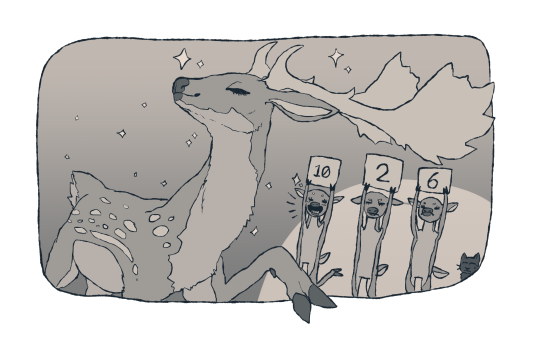
[ID: A fallow stag shows off in front of three does, who hold up signs with various ratings. Nightstar watches on, unimpressed.]
Up next is the deer considered the most beautiful by Clan cat standards; the Fallow Deer.
Just like reds, fallows have a "default" word for those that aren't sporting any antlers; "Niaa." The call of a fallow buck is best described in English as a 'belch,' in Clanmew, they call it "Gruag."
Their behavior is quite different from red deer; instead of one male who fights off any challengers for control of a harem, they have what we call a "lek" system. Gruag will gather in one part of the territory to fight and show off against many rivals, and the Niaa come to this place to watch and pick who they like best.
side note: this is a really rare system to see in mammals and fallow deer have been studied for how unique this behavior is
They come in lots of different colors, from white, to tawny, sometimes even being such a dark brown that they appear black. These colors are beloved, noted as if StarClan themselves like to practice painting on their coats. On top of this, they're the most numerous species of deer to see.
All of these things together gives fallow deer a reputation for being "dramatic" and "fancy" by Clan culture standards, less honorable than the powerful red deer but just as noble. However, this means that their fawns are not treated with the same careful reverence as those of reds, and snatched whenever they're found hiding.

[ID: A roe deer stands alone, menacingly, with a row of telephone poles behind it]
Roe deer act VERY differently from their larger cousins. A mostly solitary animal with only the presence of antlers and a smaller beacon marking a buck from a doe, Clanmew has only a single word for them; "Aeur." The sound of their very offputting 'alarm bark'.
Opportunists, roe deer will live just about anywhere they can find a small amount of forested cover, meaning they'll happily find room in just about any territory except WindClan's. In the Lake Territory, they're particularly fond of the places where fallows and reds don't have enough space, such as the SkyClan conifer patch.
Clan cats find them deeply unsettling. Though smaller than reds and fallows, a roe deer is still as large as three warriors stacked on top of each other. Males immediately re-grow their dagger-like horns as soon as the old ones fall out, never fully returning to the 'default' form. And, worst of all...
They have the same crepuscular behavior as cats do, active at dawn and dusk. Females typically raise two fawns and manage their own territories, much like a rogue. They even create simple nests which they sleep in every night.
The Clans try to keep away from them, unless they're truly starving. There are tales that those who don't believe in StarClan are doomed to exist as roe deer in their afterlives.
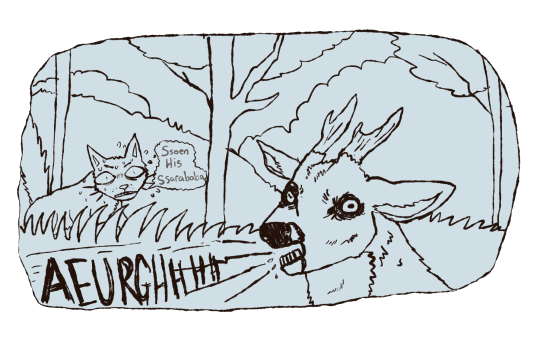
[ID: A warrior is unsettled by a barking roe deer. It says, "ssoen his ssarababa," roughly, "holy shit," directly, "stars, shit they-say"]

[ID: A muntjac walking through marshland, being stalked by Stumptail]
Probably not an animal you were expecting to see in England, huh? The Reeves' Muntjac has been an invasive problem since the 20th century, rapidly spreading across the island. Like roe deer, males have antlers while females do not, but there aren't enough differences in behavior for Clan cats to have a dedicated word for the two forms.
So, a muntjac is simply known as a "Maa'ar."
These little buggers will eat just about any plant matter, which can make them quite destructive. Bark, grass, fruits, leaves, anything. Slightly larger than a fox, their only predator is Clan cats, who consider them to be a prized quarry. Their skin creates some of the highest quality leather in all the territories, and their horns and 'tusks' are valued for decorations.
Though solitary, they can still put up a fight. Those fangs and horns aren't just for show; they can gore and kill an unwise hunter, and if that fails, they're much faster than their cutesy little loaf-shape suggests.
They're unique for many reasons, but especially in that they like wet areas. So, unlike the other types of deer, the muntjac is most often seen by ShadowClan and RiverClan. Since RiverClan doesn't have the same taste for mammalian meat that ShadowClan does, in the Lake territory, sometimes muntjac hunting rights cause conflict between the two neighbors.
168 notes
·
View notes
Text

©photography by Walter Jenkel 2023 👑 Pura Raza Española (Equus ferus caballus) 安达卢西亚马 🐎🤎 WALTER JENKEL @WalterJenkel
#穿搭#时尚摄影#时尚大片#杂志大片#时尚杂志#商业摄影#审美#审美积累#审美提升#提升审美#月刊#每日审美分享#时尚杂志大片#杂志写真#创意#创意摄影#艺术#尝试一个新look#art#photography#walterjenkel
92 notes
·
View notes
Text
Animal of the Day!
Icelandic Horse (Equus ferus caballus)

(Photo from Guide to Iceland)
Conservation Status- Unlisted
Habitat- Domesticated
Size (Weight/Length)- 380 kg; 140 cm in height
Diet- Grasses
Cool Facts- Despite being called a horse, the pony-sized Icelandic horse comes straight out of The Hobbit. Their long fur and thick manes allows them to live out extremely cold winters. Icelandic horses most likely went to Iceland as companions of the Scandinavians. Overtime, the horses adapted to their new snowy homes and countless other horses and ponies, including the Shetland pony and the Norwegian Fjord horse, were bred from these valiant steeds. Now a protected breed, Icelandic horses are carefully documented so that the breed can stay pure.
Rating- 13/10 (Fuzzy horses are adorable.)
Animtober- Ponytail (Pony-sized.)
#Animal of the day#Animals#Mammals#Horses#Pony#Wednesday#October 19#Icelandic horse#biology#science#conservation#the more you know#Animtober#Inktober#Ponytail
212 notes
·
View notes
Note
If you're still taking prompts I would absolutely love to see your take on "learning more about their interests so they have a common thing to talk about" for Geraskier ♡ Have a lovely day, I love to read your works.
Thank you so much, dear 💜
Jaskier had never been very studious. Oh, sure, he had his degree and all, but that was mostly because he was really good at pretending to know things and fill in the gaps with educated guesses. Somehow, it had all worked out. He had mastered history somehow, despite mostly using his text book to hide a bottle of ale behind it.
So. Jaskier had never been one sit sit over books and study.
Until now that was. Because now, it was a matter of life and death. Well, perhaps he was being a bit dramatic, but it certainly was a matter of great importance.
He drew his brows together in CO centration and leaned closer to the book, as if that would change anything about his ability to absorb the information.
The horse (Equus ferus caballus) is a domesticated, one-toed, hoofed mammal. It belongs to the taxonomic family Equidae and is one of two extant subspecies of Equus ferus (see footnotes).
Sweet Melitele, he couldn't count the times he had read that line and he still was none the wiser for it. And it was on the first page. The first sentence to be exact. He felt like there was simultaneously no new information and too much information in that one line.
He gritted his teeth and forced himself to read on.
He could do that. For Geralt, he could make it through this whole damn book and the five other books on different horse breeds, the history of war horses and the proper way of taking care of a horse, he had managed to hunt down at the Academy of Oxenfurt.
He would read them and he would understand them and he would woo Geralt with his impressive knowledge about horses.
He just had to keep reading.
Horses in the subspecies caballus are domesticated, although some domesticated populations...
Jaskier's eyelids grew heavy and he had to stifle a yawn. Somehow it was so much easier and more interesting to listen to Geralt talk about horse facts than it was to read about them. How could a book be so boring in comparison? Geralt wasn't even that great of a story teller. But the way he relaxed, his shoulders loosing their tension and an excited smile spreading over his face whenever he went on about the merits of different horse breeds somehow made it impossible not to hang on his lips.
Jaskier wanted so desperately to be able to talk to him about this topic that made Geralt so happy.
He flipped through the book until he found a picture. Even that was boring. Countless complicated annotations described different parts of the horse's anatomy.
He narrowed his eyes, but he couldn't for the life of him concentrate. His mind kept bouncing from thinkung about Geralt's smile to telling him to focus. It left no room in his head for the information in the book.
With a groan, Jaskier dropped his head on the book. At least it made a decent pillow. That was the least it could do, for making him so sleepy.
Maybe, Jaskier wouldn't be able to make it through that book after all. But maybe, he didn't have to. Maybe it would be much better to simply ask Geralt about horses.
With a smile on his lips, Jaskier fell asleep and dreamed about the way Geralt would light up when he saw that Jaskier wanted to listen to him rant endlessly about horses.
(credit for the horse facts goes to this Wikipedia article)
49 notes
·
View notes
Text

Horse (Equus ferus caballus)
How to summarise one of the most extensively-studied animals in the world? Horses were first domesticated by humans about 6000 years ago on the Eurasian steppe. They are the most common animal ridden by humans, and have historical importance for a variety of cultures around the world. They’ve been used in sports like horse racing, for transport, farming, ranching, and patrolling police, for war, and for meat, milk, and other materials. Hundreds of horse breeds have been developed for practical and aesthetic purposes, and mythical horse-like creatures are found in many stories and cultures. Feral horse populations have also been established in places like America and Australia, where they may wreak havoc on ecosystems that did not evolve to accommodate them.
#markhors-menagerie#animal facts#animals#biology#fun facts#ungulates#odd toed ungulates#horse#horses
3 notes
·
View notes
Text
Amendment
Characters: Familiars and Their Handlers
To be updated as time goes on.
-
This list includes the familiars of all major and minor characters.
Kingdom of Vale
Handler: Taiyang Xiao Long
Familiar Name(s): Zwei
Species: Domestic dog (Canis familiaris)
Handler: Coco Adler
Familiar Name(s): Nyla
Species: War boar (Sus rufistriatus)
Handler: Amber Ochoa
Familiar Name(s): Arion
Species: Domestic horse (Equus ferus caballus)
Handler: Raya Austringer
Familiar Name(s): Chester
Species: Goshawk (Accipiter gentilis)
Handler: Ozpin
Familiar Name(s): [REDACTED]
Species: [REDACTED]
Handler: Derecho
Familiar Name(s): Etterath, Tournesol, Austice
Species: Common magpie (Pica pica), red elk (Erythrocervus sylvestris), red fox (Vulpes vulpes)
-
Kingdom of Mistral
Handler: Shiro Wan
Familiar Name(s): Suki
Species: Domestic cat (Falis catus)
Handler: Coram Hyssop
Familiar Name(s): Shaw, Anrique
Species: Osprey (Pandion haliaetus), white-tailed eagle (Haliaeetus albicilla)
-
Kingdom of Atlas
Handler: Onyx Churmon
Familiar Name(s): Perry
Species: Takin (Budorcas mistralensis)
-
Kingdom of Vacuo
Handler: Amari Stoll
Familiar Name(s): Ghost
Species: Cheetah (Acinonyx jubatus)
Handler: Sayon Toren
Familiar Name(s): Harper
Species: Domestic dog (Canis familiaris)
#amendment#worldbuilding#characters#familiars and their handlers#familiars#ocs#this is the last post i'm putting up before i focus on answering my inbox#sorry for the delay!#also#some of these names should look familiar :3#writing
8 notes
·
View notes
Text
For example, only a fraction of Domestic Horses (which are closely related to Takhi) ever show mounting behavior of any sort when pregnant.
"Biological Exuberance: Animal Homosexuality and Natural Diversity" - Bruce Bagemihl
#book quote#biological exuberance#bruce bagemihl#nonfiction#horse#equus ferus caballus#takhi#przewalski's horse#equus przewalskii#mounting#pregnant
0 notes
Text

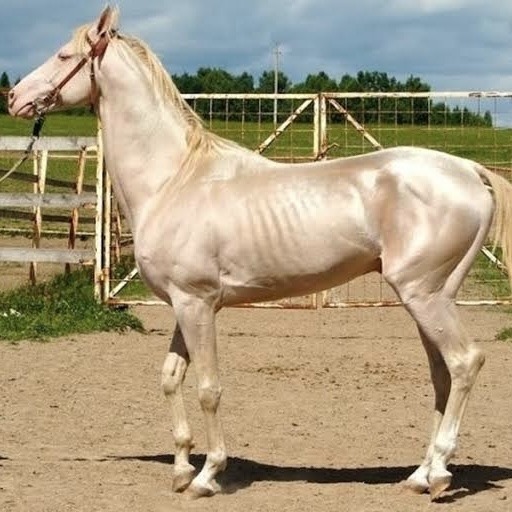
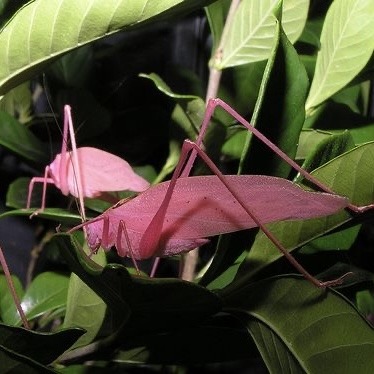


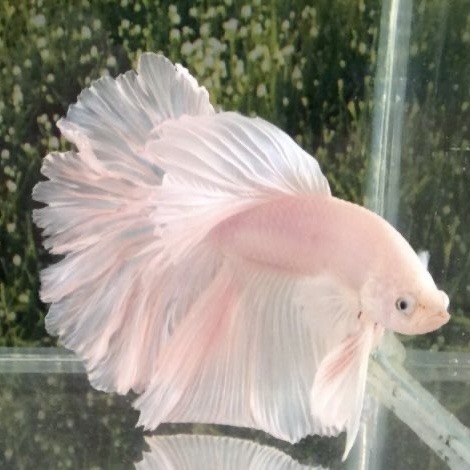


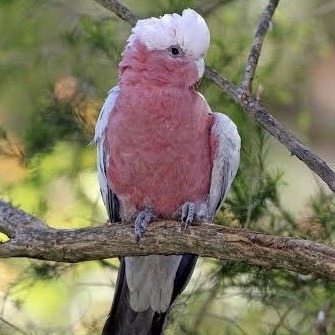
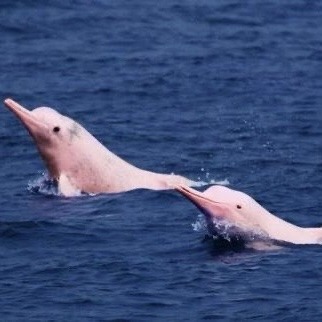
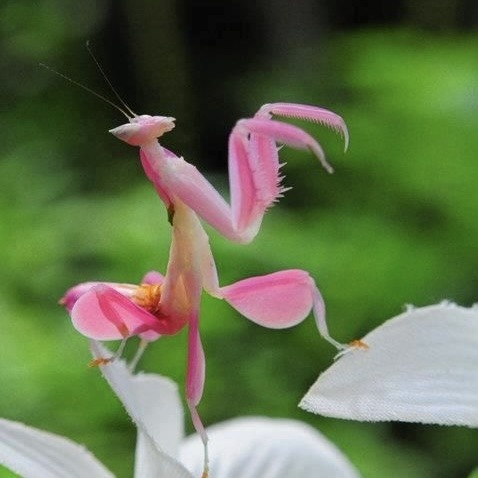
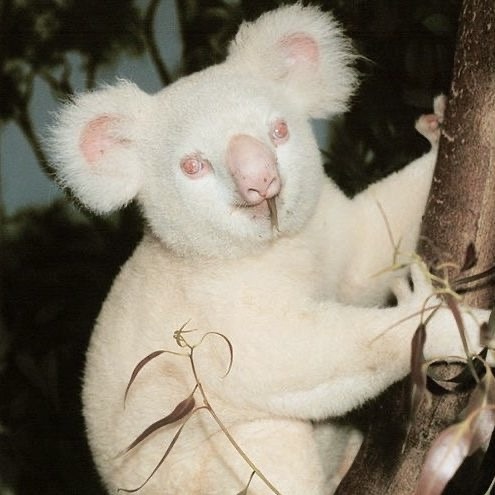
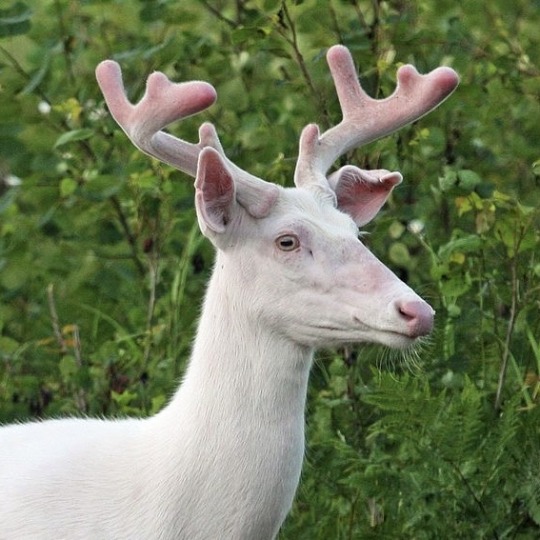
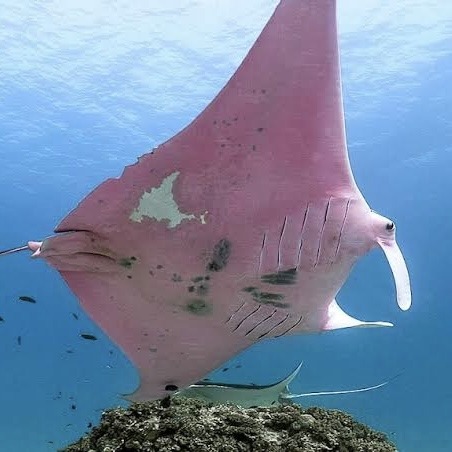

some examples of pink in the animal kingdom. while there are no mammals with pink fur, it's naturally found in some birds, insects and fish. otherwise, usually due to genetic pigment mutations like albinism or leucism, some animals appear pink due their extreme paleness – their blood is visible through their skin!
#☆#🐯#colour mutation#leucism#albinism#oddity#blushing phantom (cithaerias pireta)#domestic horse (equus ferus caballus)#oblong-winged katydid (amblycorypha oblongifolia)#axolotl (ambystoma mexicanum)#corn snake (pantherophis guttatus)#betta (betta splendens)#roseate spoonbill (platalea ajaja)#pink fairy armadillo (chlamyphorus truncatus)#galah (eolophus roseicapilla)#amazon river dolphin (inia geoffrensis)#orchid mantis (hymenopus coronatus)#koala (phascolarctos cinereus)#white-tailed deer (odocoileus virginianus)#reef manta ray (mobula alfredi)#common bottlenose dolphin (tursiops truncatus)#theee koala deer and snake are albinistic + axolotl is leucistic and the ray is a... mutation of some kind#oh and the katydid is that thing where they turn pink when they're erythristic afaik
36 notes
·
View notes